Flocculation Equipment

Order Code: 22236272.6R
Category: General Lab Equipment IV
Introduction:- The equipment allows the well-known “jar test” or “jar test” to be carried out with the water to be treated to determine the correct dose of coagulant on a laboratory scale as a test prior to extrapolating...
SPECIFICATION
Introduction:-
- The equipment allows the well-known “jar test” or “jar test” to be carried out with the water to be treated to determine the correct dose of coagulant on a laboratory scale as a test prior to extrapolating the results on an industrial scale.
Description:
- Flocculation and coagulation are tests prior to the design of a water or wastewater treatment plant. The "jar test" or "jar test" is used routinely for the control of a treatment plant and serves to: indicate the optimal amount of chemicals for the removal of turbidity and color, the calibration of the correct pH and the complementary use of activated carbon.
- Jar tests also provide abundant qualitative information on the agglomeration rate as a function of the energy provided (depending on the speed of the agitators), as well as the decantation of the flocs formed and the clarity of the floating water (which may have relation to the duration of the filtering process).
- Coagulation and flocculation assays can be used, in conjunction with other assays, for the study of basic processes, including, for example, the kinetics of chemical reactions and the removal of trace constituents from an aqueous solution.
- The unit incorporates everything necessary to carry out 6 tests simultaneously and at different speeds.
- Each flocculation vessel incorporates an agitator controlled by a variable speed motor. The stirrers are easily attached and detachable to allow quick and safe cleaning of test vessels. The agitators and the axes of the equipment are made of stainless steel to avoid corrosion.
Specifications:
- Benchtop flocculation and coagulation assay unit with LED lighting and integrated control panel
- 6 stirrers with independent variable speed motors
- Speed of stirrers 0-200rpm
- Quick and easy adjustable and removable stirrers for cleaning test vessels
- 6 test vessels of 1L each
- 6 test tubes
- Test tube rack
- Low voltage operation with universal power supply
- Improved teaching and operation manual for a wider range of experiments
CONTROL SYSTEM, ACQUISITION AND DATA MANAGEMENT, COMPOSED BY CONTROL INTERFACE BOX:
- Control Interface Box with process diagram on the front panel, with the same distribution as the equipment elements, for easy understanding by the student.
- All the sensors with their respective signals are adequately prepared for the output to the computer from -10V to +10V.
- Cable for control interface box and computer
- The control elements of the equipment are permanently controlled from the computer, without the need for changes or connections during the entire test process.
- Simultaneous display on the computer of all the parameters involved in the process.
- Calibration of all sensors involved in the process.
- Real-time representation of the system response curves
- Storage of all process data and results in one file
- Graphical representation in real time of the responses in the system/process
- All the values of the actuators can be changed at any time from the keyboard, allowing the analysis of the curves and responses of the entire process.
- Shielded and filtered signals to avoid external interference
- PID control in real time with flexibility of modifications of the PID parameters in real time of the parameters that intervene in the process simultaneously
- Proportional control, integral control and derivative control, based on the real mathematical formula of the PID, by changing the values at any time, of the three control constants (proportional, integral and derivative constants).
- Control in real time with flexibility of parameter modifications from the computer keyboard, at any time during the process.
- Real-time control for pumps, compressors, resistances, control valves, etc.
- Open control allowing modifications at any time and in real time, of the parameters involved in the process, simultaneously.
- Three levels of security, one mechanical in the equipment, another electronic in the control interface and the third in the control software.
CONTROL SOFTWARE, DATA ACQUISITION AND DATA MANAGEMENT:
- Compatible with current Windows operating systems. Graphic and intuitive simulation of the process on the screen. Compatible with industry standards.
- Recording and display of all process variables automatically and simultaneously.
- Flexible, open and multicontrol software developed with current graphic window systems, acting on all the pr parameters. ocurrence simultaneously
- Analog and digital PID control
- Menu for the selection of the PID and the set point required in the entire working range.
- Handling, manipulation, comparison and storage of data
- Sampling rate of 250 KS/s
- Calibration system for the sensors involved in the process.
- Allows the entry of the alarm status and the graphic representation in real time
- Comparative analysis of the data obtained, after the process and modification of the conditions during the process.
- Open software allowing the teacher to modify texts, instructions, teacher and student passwords to facilitate the control of the teacher over the student, and that allows access to different levels of work.
Demonstration possibilities:
- Determination of the optimal amount of coagulant
- Determination of the optimum pH
- Effect of mixing time and intensity of aggregation on the process
- Coagulation assays in conjunction with activated charcoal
- Coagulation tests in conjunction with filterability tests
Characteristics:
- Stirrers snap on and off easily to allow quick and safe cleaning of test vessels
- Low voltage operation using a universal power supply for increased safety
- LED lighting
- Improved teaching and operation manual for a greater range of experiments
Technical data:
- Stirrer Paddle Dimensions: 50mm x 15mm
- Agitator speed range: 0-200 rpm
- Sample volume : 1L (each container)
- Test tube capacity: 16mm x 150mm
ADDITIONAL COMPONENTS:
- The equipment must include:
- Data acquisition, software and all necessary connection cables.
- Activated carbon
Requirements:
- Single phase power supply - 100-240V 1ph 50-60Hz
- Water samples:
-Coagulant (iron or aluminum salt)
-Lime or products with calcium oxides (optional)
-Bentonite clay (optional)
-Kaolinite (optional)
Overall Dimensions:
- Height : 0.42-0.50m
- Width : 0.75-0.94m
- Depth : 0.25-0.29m

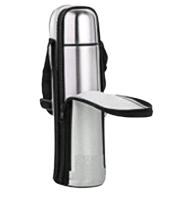
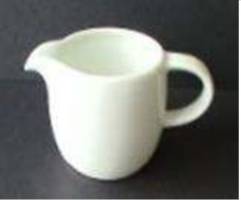
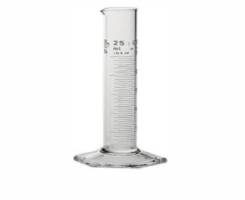
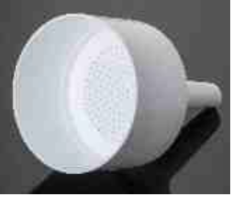
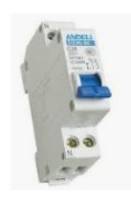

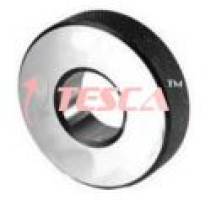
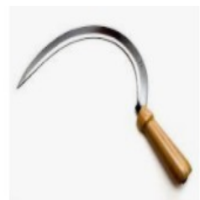
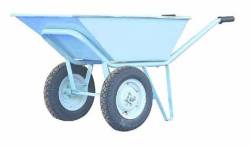

 91-9829132777
91-9829132777